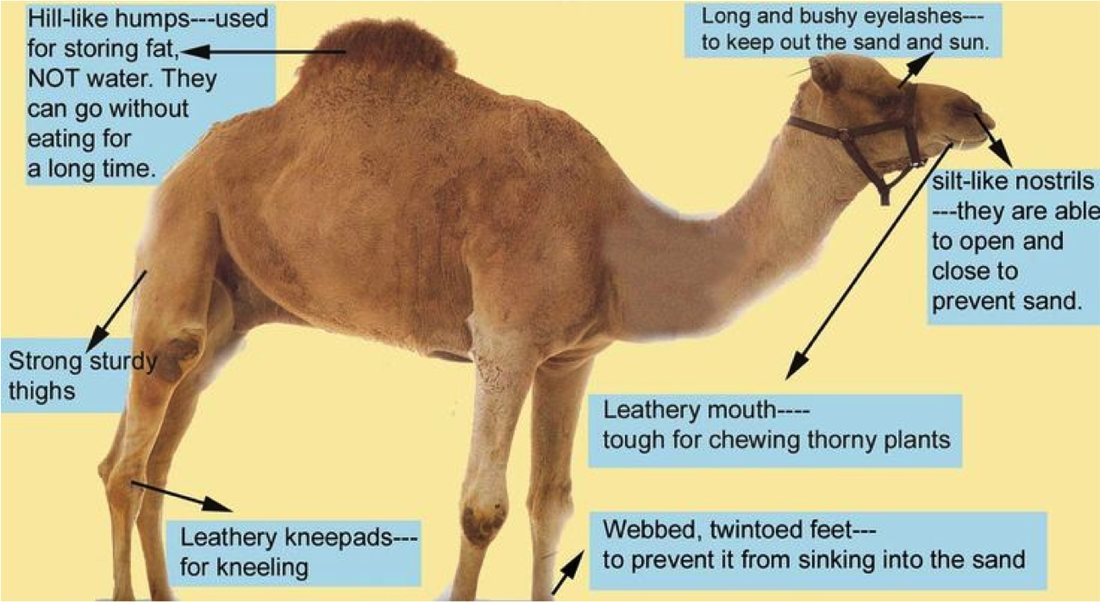Adaptations
7.12A - Investigate and explain how internal structures of organisms have adaptations that allow specific functions, such as
* Gills on fish
* Hollow bones in birds
* Xylem in plants
* Gills on fish
* Hollow bones in birds
* Xylem in plants
7.12.A Investigate and explain how internal structures of organisms have adaptations that allow specific functions such as gills in fish, hollow bones in birds, or xylem in plants.
An adaptation is a hereditary characteristic within some organisms in a population. Adaptations improve an organism’s chances to survive and reproduce.
An adaptation is a hereditary characteristic within some organisms in a population. Adaptations improve an organism’s chances to survive and reproduce.
|
|
|
|
|
|
Gills in Fish
|
The gills of fishes absorb oxygen and remove carbon dioxide, similar to our lungs.
The gills are also responsible for regulation of the pH of the blood. |
|
Hollow Bones in Birds
|
Hollow bones make the bird's bodies lighter.
With hollow bones a bird can fly very long distances without getting worn out from carrying its own weight. |
|
Xylem in Plants
|
Xylem and phloem make up the transportation system of vascular plants. Xylem transports nutrients, water from the roots and phloem distributes sugars/glucose.
|
|
|
|
|
Camouflage
|
A way for an animal to hide or disguise the presence.
|
|
|
More Animal Adaptations
|
|
|
|


